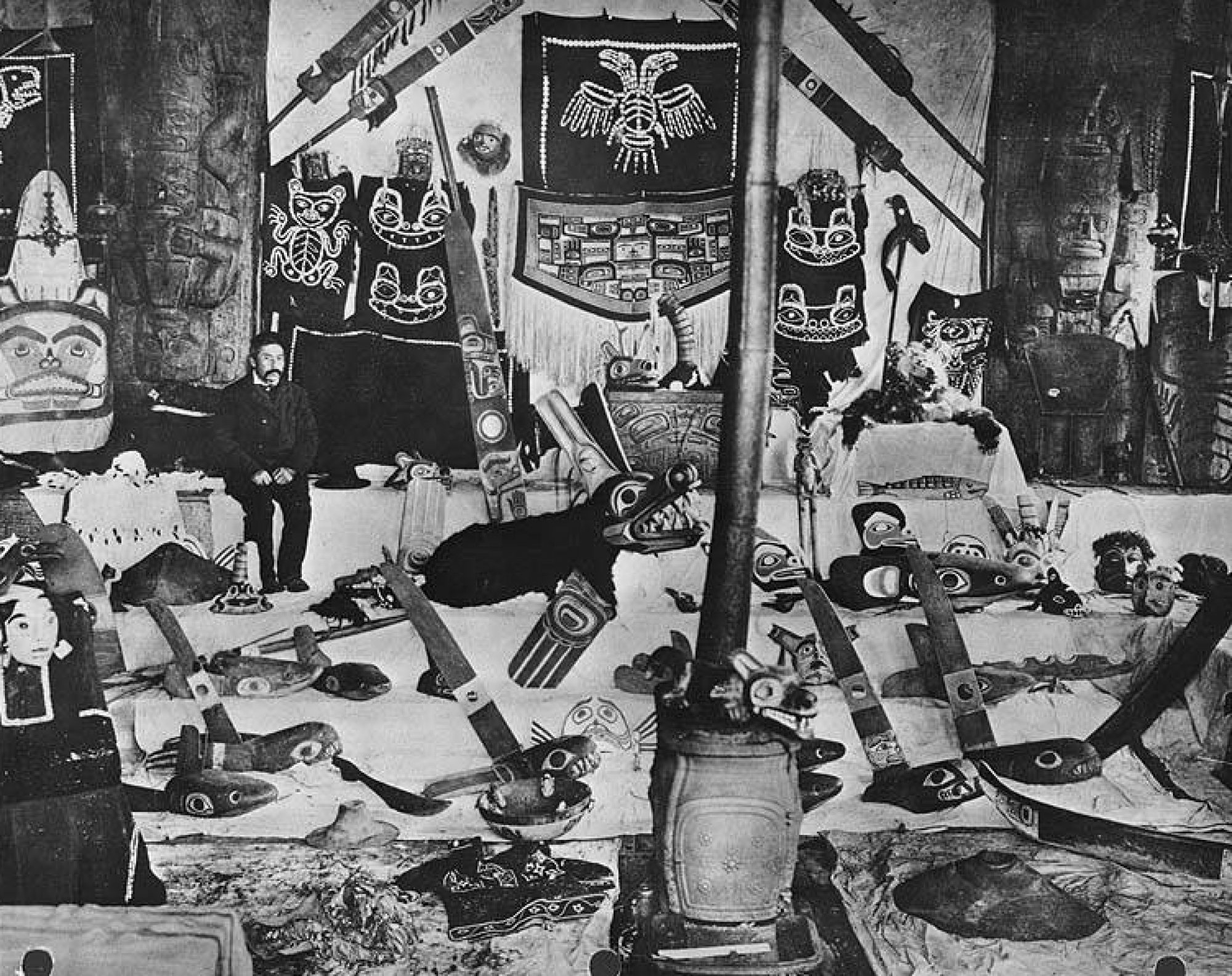Biographical Timeline | Leadership Qualities | N.Z. Foreshore and Seabed | References
Diplomatic
Whina Cooper exemplifies diplomacy because she was an active leader in Maori politics and also a community leader for established groups in New Zealand. Her work can be seen throughout the timeline of her life. In the 1930’s Cooper was considered a community leader in the Northern Hokianga region because of her involvement in community activities and her community church. From 1946 to 1952, Whina was secretary and trustee of the Panguru Tribal Executive Committee. She defied gender norms by being elected the first woman elected president of the Rugby Union Branch in April 1947. One of the biggest diplomatic positions Whina held in her life was being elected foundation president of the Maori Women’s Welfare League in Wellington. Through that position, Whina’s first initiative involved to survey the living conditions of Maori Housing in Auckland which showed the harsh living conditions of the Maori people. The dwellings appeared to be crowded and unsanitary. The main reason we chose Whina as diplomatic was because she used her title as President of the Maori Women’s Welfare League to help her Native Maori peoples out. She used her power to benefit her people’s well-being.
Educated
From the age of 7, Cooper received an education that most do not have the opportunity to receive. She attended the Whakarapa Native School and then with the financial help of a Native minster, she went to St Joseph’s Maori Girls’ College for a secondary education. Upon completing her education, her father requested she marry a widowed man but she declined the offer. Instead, she chose to work in a store. Two years later she was appointed a trainee teacher at the Pawarenga Native school. Educated can be seen as a leadership trait because he value Cooper had in education and following her own goals represents the idea that she knew she did not need to get married. We chose this trait because her education also allowed her to be able to create a voice for herself and stay connected to her church. This would later help her become an active community leader in her church and her education allowed her to become an activist with the knowledge she gained and immersed herself in.
Determined
We chose to describe Whina as determined beacuse despite her old age, Whina agreed to lead a coalition of groups formed Te Ropu o te Matakite in a march to combat further alienation of Maori Land. More than 5,000 marchers arrived at the New Zealand parliament where Whina presented a petition signed by 60,000 people. Her activism shined through her frail body and her determination for her peoples land rights was witnessed by many that day. And to this day, the one who stood out the most at the 1975 March was the older Whina.
